Business: Sydney / Global
Tunnel vision
A new metro line and redesigned stations are improving commutes in Australia’s biggest city.
Many of the features that make Sydney an astoundingly beautiful city – its dramatic coastline, narrow central streets and low, rolling hills – are the same things that conspire to make it a frustrating place in which to commute. Here, the notion of getting from your doorstep to desk in less than an hour is often so unrealistic that it’s downright fantastical. But that might not be the case for much longer.
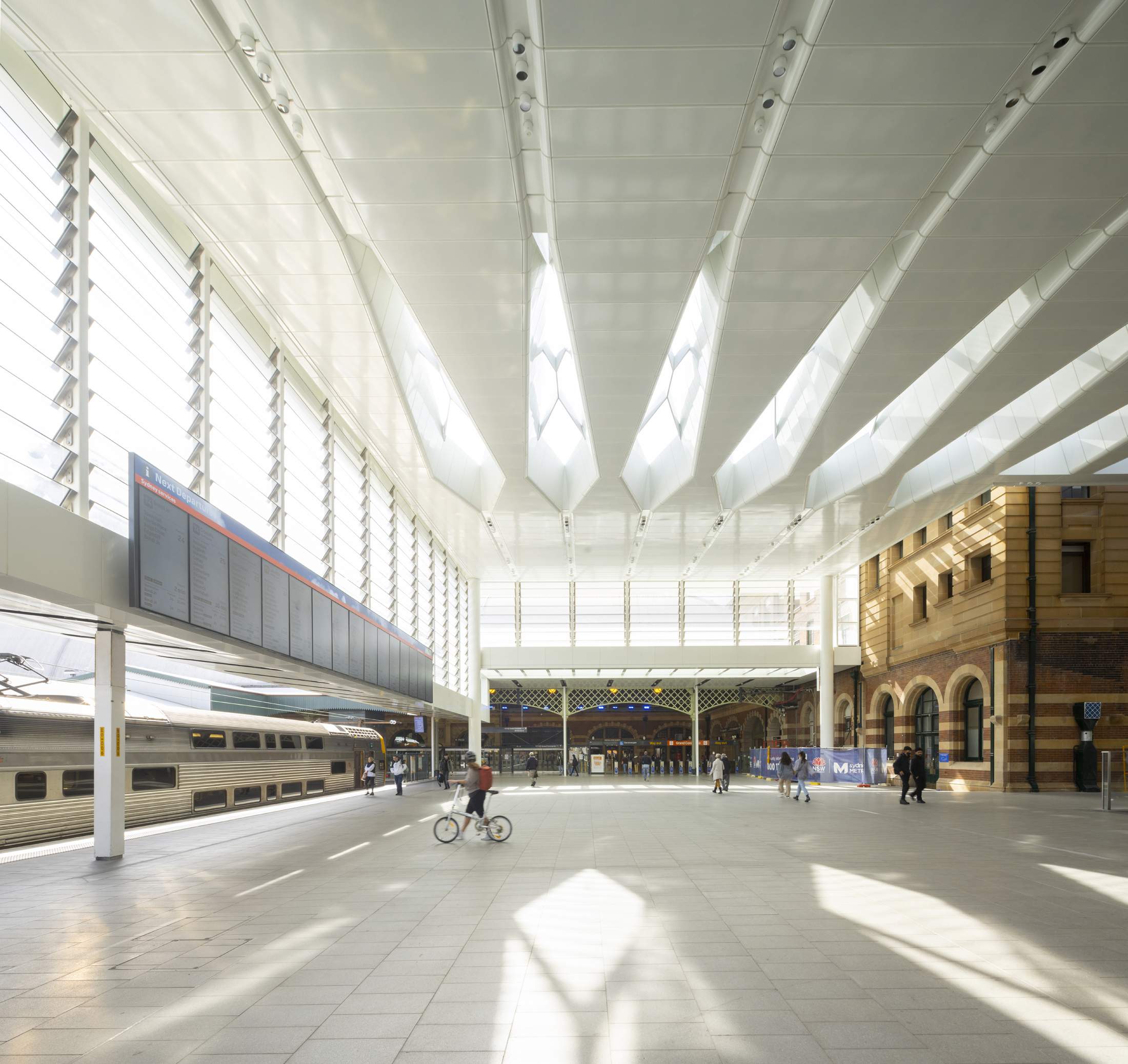
The new phase of the Sydney Metro, the City Line, is due to open this month, transforming the way that Sydneysiders move through Australia’s largest metropolis. The multiphase Sydney Metro project, first announced in 2011 and in construction since 2014, is the country’s biggest public-transport plan; an audacious, decades-long effort to deliver Oceania’s first mass rapid-transit system. Its ambition is to connect the city’s outer reaches and second international airport with the central business district – and the crowning jewel is the City Line, with its six new stations.
“It’s one of the biggest public transport projects since the Harbour Bridge, so it’s going to completely transform Sydney,” says Jason Hammond, director for design at Sydney Metro. “It will make the journey easier for everyone using the city, from people coming in for leisure at the weekend to office workers during the day. Sydney won’t know what’s hit it.” The metro is using customised versions of French manufacturer Alstom’s high-speed, driverless Metropolis trains, which arrive at stations at peak hours every four minutes, almost halving travel times for train passengers in the city centre. Hammond is relishing the opportunity to speed up Sydneysiders’ lives. “We’re expecting 264,000 trips on a typical weekday, moving 37,000 people during the morning peak,” he says. “One of the key things is to relieve congestion on existing central business district stations and spread the load across the network.”
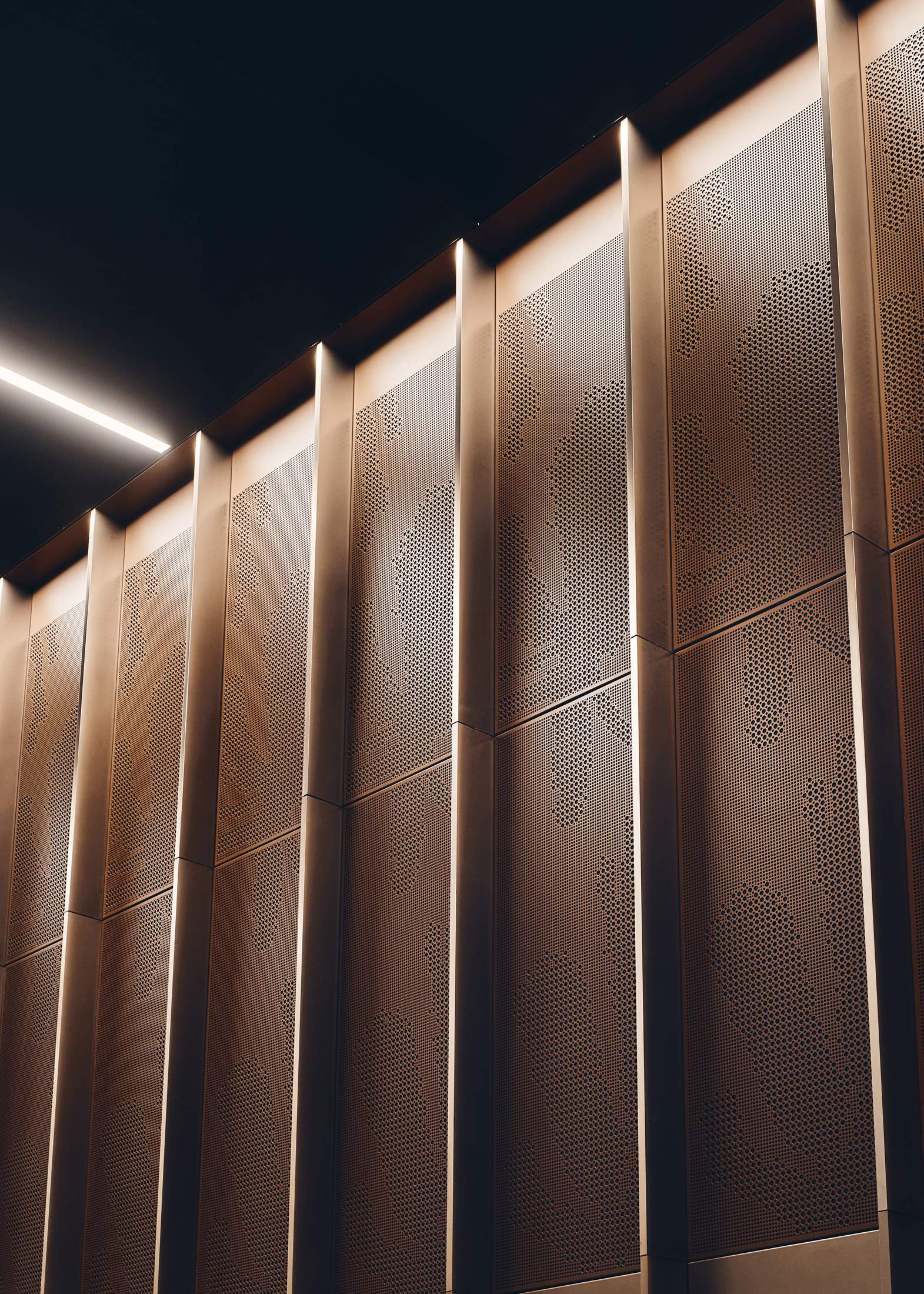
Global architecture firm John McAslan + Partners was selected for two of the most important tasks in the project: designing the new Waterloo Station and upgrading Central Station to become metro-ready (the latter in collaboration with Australian-founded design firm Woods Bagot). In 2012, McAslan delivered the Kings Cross Western Concourse, a global benchmark in station design, and it looked to that success when considering the challenge of untangling the commuting knot at the heart of Central Station. As Australia’s busiest train station and Sydney’s main transport hub, Central Station has weathered an accretion of extensions and additions over the years, but few changes have been as drastic, or as well-received, as McAslan’s.
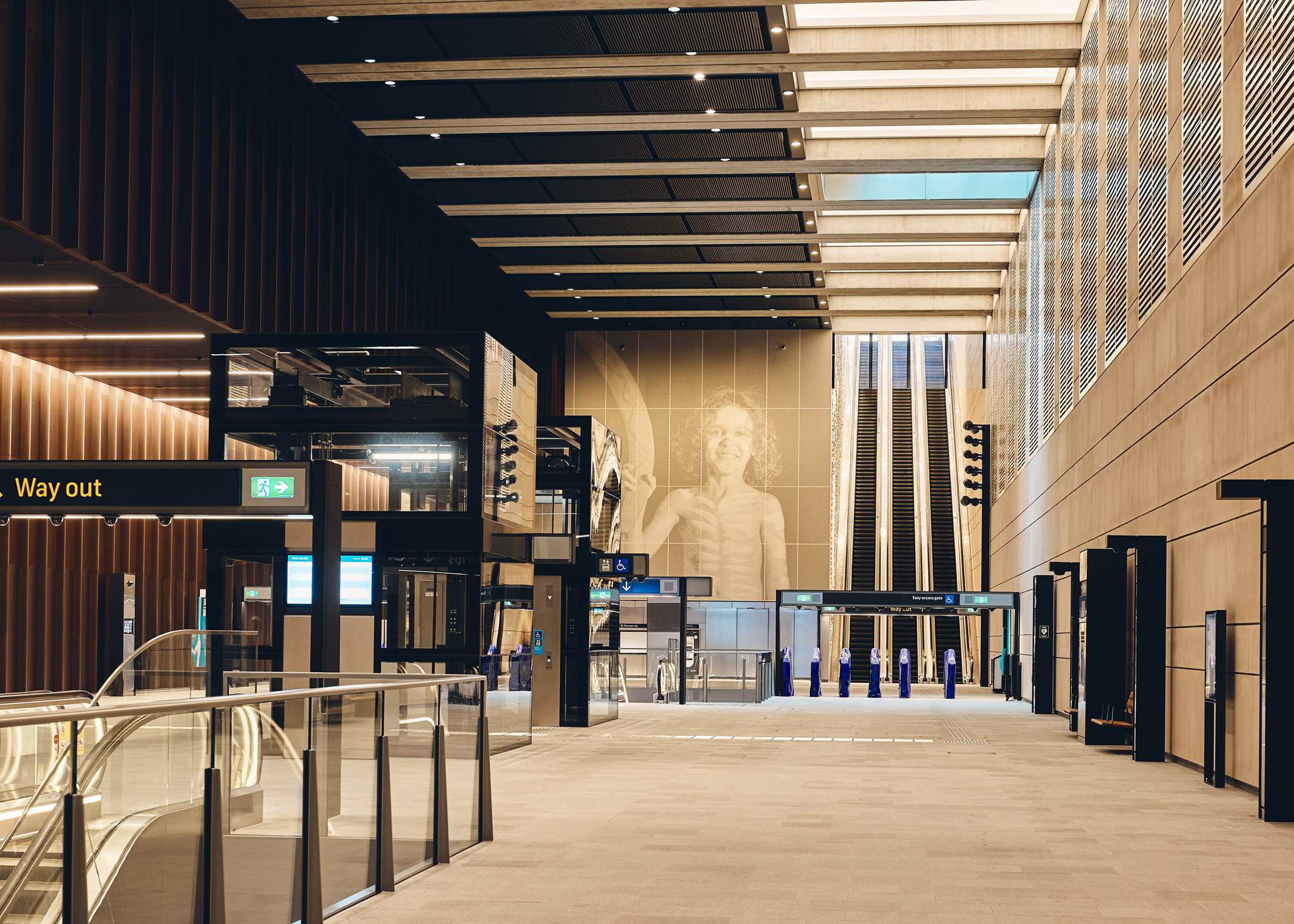
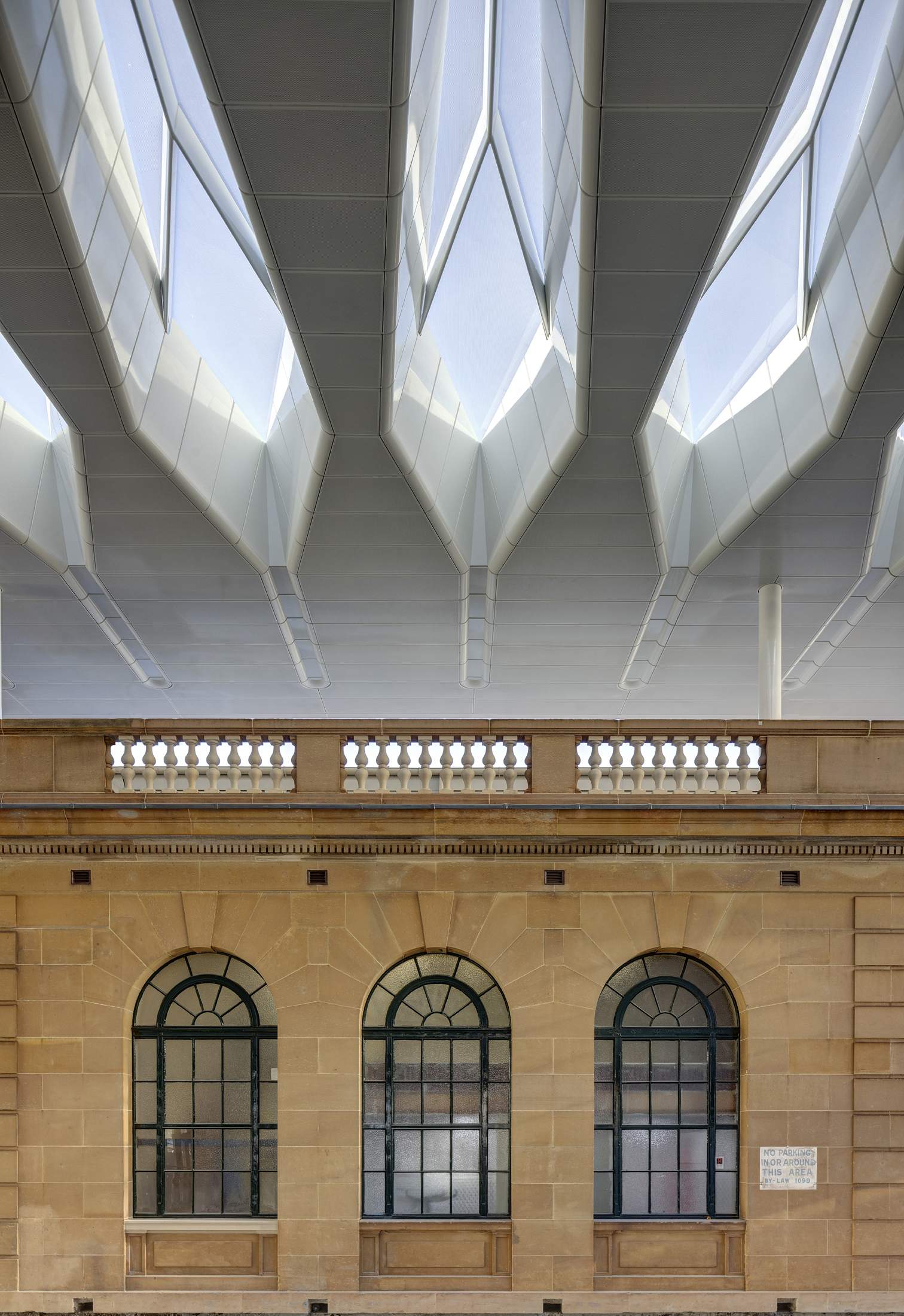
“We tried to help this heritage building sing and be the best version of itself,” says Troy Uleman, director of John McAslan + Partners Sydney, as he and monocle tap into the newest section of Central Station. “It comes down to that user experience. It’s not just about the station itself or the experience outside the building but how you move through it and use it to connect yourself from place to place.” McAslan’s improvements include a central walkway that, though nominally designed to allow access to the new metro, has also provided escalators and easier access to every train platform in the station. It can be accessed by a new northern concourse set beneath a soaring roof that crests over a cluster of Central Station’s sandstone buildings. “It was about having a great public room for Central Station,” says Uleman. “It’s an organising space that connects to everything.” Crucially for any large station, there’s room for hapless commuters to dither while they figure out which train to catch, without getting in anyone’s way. “We made room for those little places for people to stand in a corner or catch up,” says Uleman.
Nods to the building’s past abound, including the use of arches and sandstone, as well as a custom typeface made with old platform lettering. But the station’s new metro future is alluded to throughout, including in the walls, where engravings of clocks gradually fade away in a representation of Sydney’s timetable-free reality, where the next train is only a few minutes away. —
Non-stop service
Sydney’s next milestone will be the opening of a route with six stations linking the city to the new Western Sydney Airport in 2026.
underground rail
Paying its way
Lagos
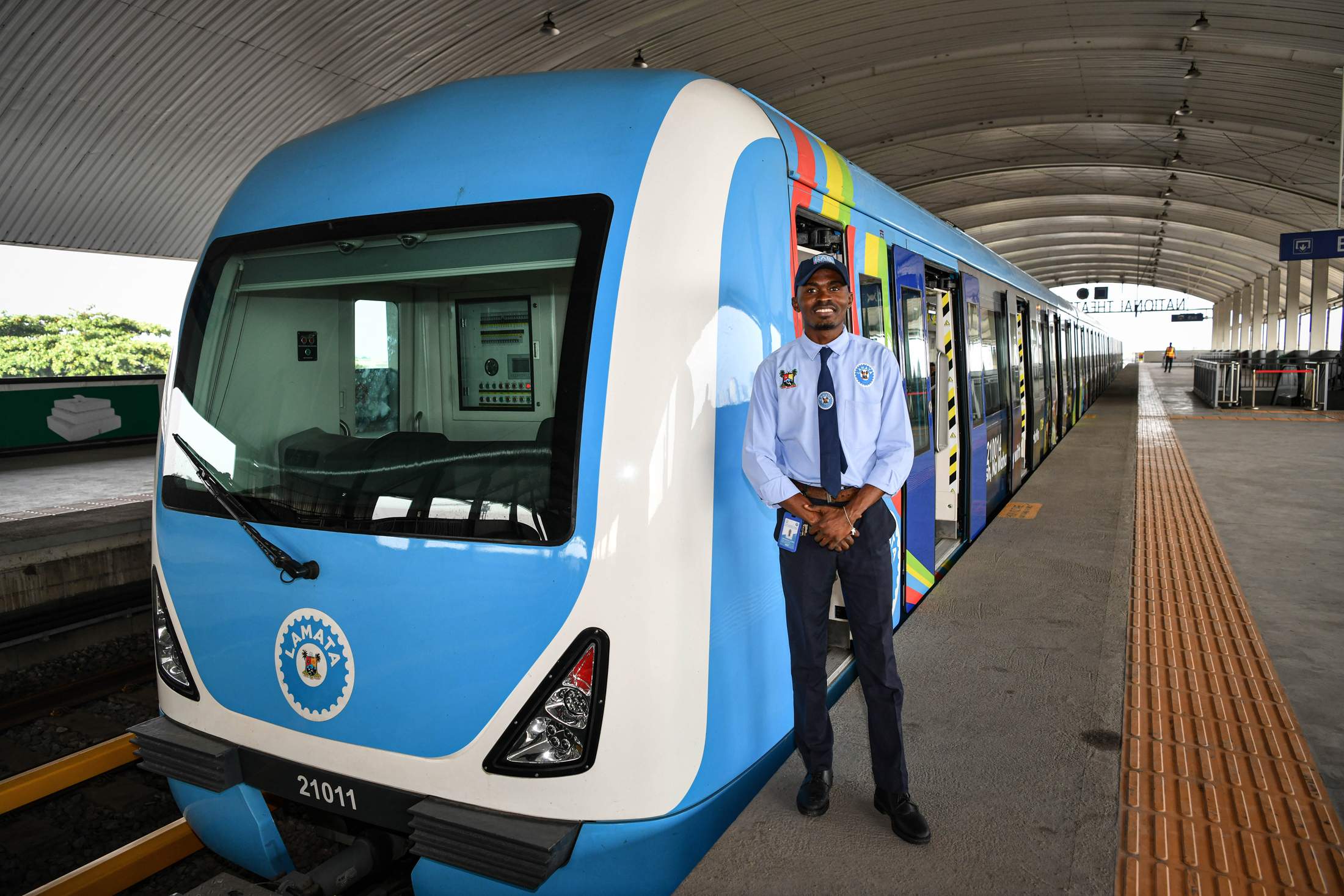
According to a study by the American Public Transportation Association, transit schemes can create 49,700 jobs per €920m invested. This is something that Lagos – notorious for its traffic and crowded roads – is hoping yields rewards with its €124m investment in urban transport.
The megacity, with more than 16.5 million residents, is in a state of perpetual rush hour, so Lagosians were elated when former president Muhammadu Buhari opened the Blue Line, the first phase of the Lagos Rail Mass Transit system, last year. This 12km rail corridor spanning some of the city’s densest suburbs has now been complemented by the 37km Red Line. Journeys that once took more than two and a half hours have been shaved down to about 35 minutes. With a carrying capacity of some 500,000 passengers daily, the project will have a huge impact on commuters’ lives.
The history of the metro dates to 1983 when the idea was conceived by then state governor Lateef Jakande. Its first phase was due for completion in 1986 but when the government was toppled in a coup in 1985, the junta leader scrapped the initiative. The project was then resuscitated in the 2000s with building works commencing in 2009. Several administrations since it was revived, the project is only now being realised.
The wait has proved timely. Fuel prices have skyrocketed following the removal of a subsidy, increasing the costs of transportation. The metro is not only helping to build the economy but saving residents money.


